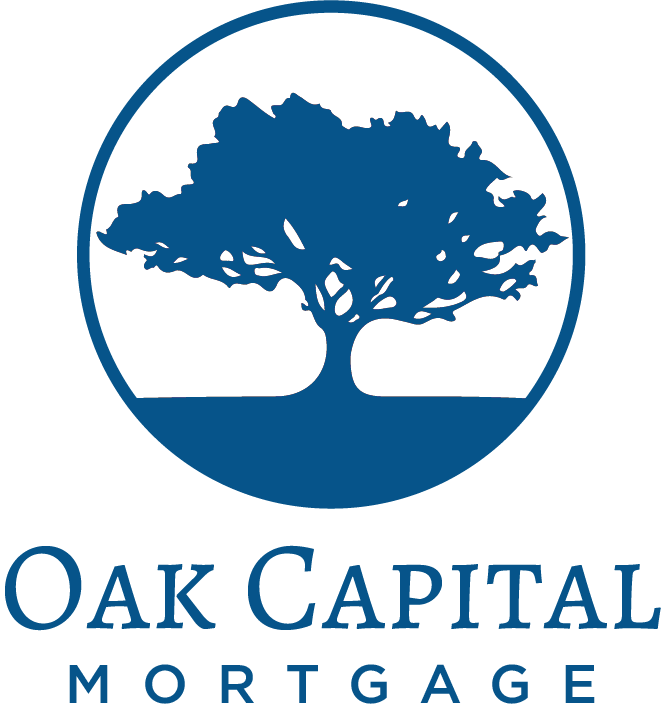Understanding Temporary Buydowns: What They Are and Their Benefits What is a Temporary Buydown? A…
When is it a good time to refinance
When is it a Good Time to Refinance?
As President of Oak Capital Mortgage, I often get asked: “When is the right time to refinance my mortgage?” It’s a great question, and it’s important to make an informed decision since refinancing involves both costs and potential long-term benefits. Here are some key factors I recommend considering when deciding if refinancing is right for you.
Interest Rate Drop of at Least 0.75%
The rule of thumb I tell my clients is simple: it’s a good time to refinance when we can reduce your interest rate by at least 0.75%. This threshold is usually enough to make refinancing financially worthwhile. Lowering your interest rate by this amount can lead to significant savings on your monthly payments and in total interest over the life of the loan. Not only can a rate reduction improve your cash flow, but it can also reduce the length of time it takes to build equity in your home.
Lowering Monthly Payments
If lowering your monthly payments is a priority, refinancing can make sense if the new terms significantly reduce your monthly obligations. This is particularly helpful if you’ve experienced changes in income or simply want to increase your disposable income for other financial goals, like saving for retirement or paying off debt.
However, it’s also essential to consider the overall cost of the loan. Extending the loan term might reduce your monthly payments, but it could lead to paying more interest over the life of the loan. That’s why finding the right balance is crucial, and we’re here to help you navigate those options.
Cash-Out Refinancing to Meet Financial Goals
If you have built equity in your home and need cash for a specific purpose—such as home improvements, college tuition, or consolidating high-interest debt—cash-out refinancing might be the right move. This type of refinancing allows you to tap into the equity you’ve built, which can be a cost-effective way to access funds at a lower interest rate than other borrowing options.
The key here is to use this option strategically and avoid taking on unnecessary risk. I always advise my clients to use the funds from a cash-out refinance for investments that add value, such as property upgrades, or to improve their overall financial health, like paying down high-interest debts.
Considering Closing Costs
One thing that many homeowners overlook is the cost of refinancing. Like when you first purchased your home, refinancing comes with closing costs. Typically, these costs can be around 2-5% of the loan amount. Before deciding to refinance, it’s important to weigh these costs against the potential savings to ensure it makes financial sense. The goal is to reach the break-even point, where your monthly savings from refinancing cover the closing costs, within a reasonable time frame—usually a few years.
If you plan to stay in your home for a long time, then the initial costs of refinancing may be worth the investment. If not, we may need to discuss other strategies to lower your payments without refinancing.
Changing Loan Terms
Beyond simply lowering your interest rate, refinancing also gives you the opportunity to change your loan terms. You may want to switch from an adjustable-rate mortgage (ARM) to a fixed-rate mortgage for the stability of predictable payments, or you might want to reduce your loan term from a 30-year mortgage to a 15-year mortgage. Reducing your loan term may lead to higher monthly payments, but the savings in interest over the life of the loan can be considerable. Plus, you’ll build equity much faster.
Improving Your Credit Score and Equity Position
Timing matters when refinancing, and your current financial position plays a big role. If your credit score has improved significantly since you first got your mortgage or if you’ve built up more equity, you may be able to qualify for a much better interest rate. Lenders tend to offer the best rates to borrowers who present lower risks, which means having a strong credit score and ample home equity can significantly improve your refinancing terms.
The Takeaway: It’s About Timing and Your Financial Goals
Refinancing is not a one-size-fits-all decision. While I often suggest that an interest rate drop of at least 0.75% makes refinancing attractive, each situation is unique. The right time for you depends on your specific goals—whether it’s saving on interest, lowering monthly payments, cashing out equity, or improving your loan terms.
At Oak Capital Mortgage, our goal is to provide a personalized assessment that looks at your entire financial picture. If you’re thinking about refinancing, let’s schedule a time to discuss your current mortgage, potential options, and how refinancing could align with your financial goals. With the right strategy, refinancing can be a powerful tool to improve your financial outlook and give you greater control over your future.
Ready to explore refinancing? Contact me today, and let’s determine if now is the right time for you to make a move.
(Get a Personalized Quote and Expert Advice Today.) Bank Statement Mortgages Low Down Payment Purchase Options USDA Loan Mortgage Pre-Approval Refinance Jumbo Home Loan First Time Home Buyer Bank Statement Mortgages Mortgage Options Investment Property Loans





